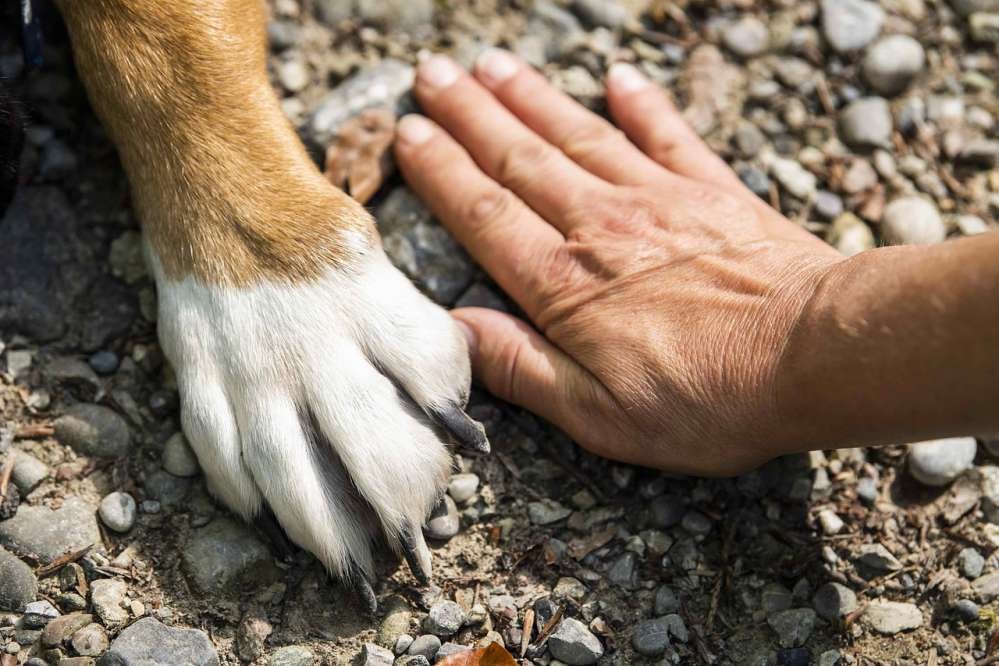As pet owners, we all want our furry friends to be happy and healthy. But sometimes, our pets can’t tell us directly when they’re not feeling well. That’s why it’s crucial to be aware of the common symptoms of illness in dogs and cats. By understanding these signs, we can catch potential health issues early and get our pets the care they need. So, let’s dive into the world of pet health signs and learn how to be better pet parents!
The Silent Language of Pet Health
Our pets communicate with us in many ways, but when it comes to their health, they often speak in subtle cues. As responsible pet owners, it’s our job to become fluent in this silent language. By recognizing these signs early, we can help our furry companions feel better faster and potentially avoid more serious health issues down the road.
The Importance of Knowing Your Pet
Before we jump into specific symptoms, it’s important to remember that you know your pet best. Every animal has its own unique personality and habits. What might be normal for one pet could be a sign of illness in another. That’s why it’s crucial to pay attention to your pet’s usual behavior, appetite, and energy levels. Any significant changes in these areas could be a red flag.
Common Symptoms of Illness in Dogs

Let’s start by looking at some of the most common signs that your canine companion might not be feeling their best.
Changes in Appetite
- Decreased appetite or refusing to eat
- Sudden increase in appetite
- Difficulty chewing or swallowing
If your usually food-motivated pup suddenly turns their nose up at dinner, it could be a sign that something’s not right. On the flip side, an unexpected increase in appetite might also indicate an underlying issue.
Unusual Bathroom Habits
- Frequent urination or difficulty urinating
- Diarrhea or constipation
- Blood in urine or stool
Keep an eye on your dog’s bathroom habits. Changes in frequency, consistency, or color can all be indicators of various health problems.
Behavioral Changes
- Lethargy or decreased activity
- Increased aggression or irritability
- Excessive licking or chewing of a particular area
If your normally energetic dog suddenly becomes a couch potato, or if your sweet pup starts snapping at you, these could be signs that they’re not feeling well.
Physical Symptoms
- Vomiting or regurgitation
- Coughing, wheezing, or difficulty breathing
- Skin changes (rashes, lumps, or hair loss)
- Red or cloudy eyes
These more obvious physical symptoms are often easier to spot but shouldn’t be ignored. They can range from minor issues to more serious conditions.
Decoding Cat Health Signs

Cats are masters of hiding illness, so it’s especially important to be vigilant about their health. Here are some common symptoms to watch for in your feline friends.
Changes in Eating and Drinking Habits
- Loss of appetite
- Increased thirst
- Difficulty eating or swallowing
Cats are creatures of habit, so any significant changes in their eating or drinking patterns should be noted.
Litter Box Issues
- Urinating outside the litter box
- Straining to urinate
- Changes in frequency or amount of urination
Litter box problems can be a sign of various health issues, from urinary tract infections to more serious conditions like kidney disease.
Behavioral Changes
- Hiding more than usual
- Decreased grooming
- Increased vocalization
- Changes in sleep patterns
Cats often become more reclusive when they’re not feeling well. If your usually social kitty starts spending all day under the bed, it might be time for a vet visit.
Physical Symptoms
- Vomiting or diarrhea
- Weight loss or gain
- Bad breath
- Discharge from eyes or nose
Like dogs, cats can show a variety of physical symptoms when they’re ill. Regular grooming sessions are a great opportunity to check for any unusual lumps, bumps, or changes in your cat’s body.
10 Common Pet Owner Mistakes You Need to Avoid for a Happy, Healthy Pet
When to Call the Vet
Now that we’ve covered some common symptoms of illness of pet, you might be wondering when it’s time to seek professional help. Here are some general guidelines:
- Severe or persistent symptoms: If your pet is showing any severe symptoms or if milder symptoms persist for more than a day or two, it’s time to call the vet.
- Multiple symptoms: If your pet is experiencing several symptoms at once, this could indicate a more serious problem.
- Sudden changes: Any abrupt change in your pet’s behavior, appetite, or energy levels warrants a closer look.
- Trust your instincts: You know your pet best. If something feels off, even if you can’t put your finger on it, it’s better to err on the side of caution and consult with a professional.
Remember: It’s always better to be safe than sorry when it comes to your pet’s health. Don’t hesitate to reach out to your vet if you have concerns.
Preventive Care: Keeping Your Pet Healthy
While knowing the signs of illness is crucial, prevention is always better than cure. Here are some tips to help keep your furry friend in tip-top shape:
Regular Check-ups
Just like humans, pets benefit from regular health check-ups. These visits allow your vet to catch any potential issues early and keep your pet up-to-date on vaccinations and preventive treatments.
Proper Nutrition
A balanced diet appropriate for your pet’s age, size, and health status is essential. Consult with your vet to ensure you’re feeding your pet the best possible diet.
Exercise and Mental Stimulation
Regular exercise helps maintain a healthy weight and provides mental stimulation. For dogs, this might mean daily walks or play sessions. For cats, interactive toys and climbing structures can keep them active and engaged.
Dental Care
Dental health is often overlooked in pets, but it’s crucial for their overall well-being. Regular teeth brushing and dental check-ups can prevent a host of health issues.
Grooming
Regular grooming sessions not only keep your pet looking their best but also provide an opportunity to check for any unusual lumps, bumps, or skin changes.
The Emotional Side of Pet Health

It’s important to remember that our pets’ physical health is closely tied to their emotional well-being. Stress, anxiety, and depression can all manifest in physical symptoms. Changes in your household, like a new pet or baby, moving to a new home, or even changes in your work schedule can affect your pet’s health.
Pay attention to your pet’s emotional state and provide plenty of love, attention, and reassurance. If you’re concerned about your pet’s mental health, don’t hesitate to discuss it with your vet. They can provide guidance or even refer you to a veterinary behaviorist if needed.
Conclusion: Being a Proactive Pet Parent
Understanding common symptoms of illness in dogs and cats is a crucial part of being a responsible pet owner. By staying alert to changes in your pet’s behavior, appetite, and physical condition, you can catch potential health issues early and ensure your furry friend gets the care they need.
Remember, this guide is just a starting point. Every pet is unique, and what’s normal for one might be unusual for another. The key is to know your pet’s usual habits and behaviors so you can spot when something’s off. Lastly, don’t forget the power of prevention. Regular vet check-ups, a healthy diet, plenty of exercise, and lots of love can go a long way in keeping your pet happy and healthy for years to come.
Being a pet parent is a big responsibility, but it’s also one of the most rewarding experiences life has to offer. By staying informed and attentive, you’re giving your furry friend the best possible care. After all, they give us their unconditional love – the least we can do is keep a watchful eye on their health and happiness.
So, the next time your dog turns down their favorite treat or your cat starts hiding more than usual, you’ll know it might be time to pay closer attention. Your pet may be trying to tell you something, and now you’re better equipped to listen and respond. Here’s to many happy, healthy years with your beloved pets!


[…] Is Your Pet Trying to Tell You Something? Decoding Common Symptoms of Illness in Dogs and Cats […]